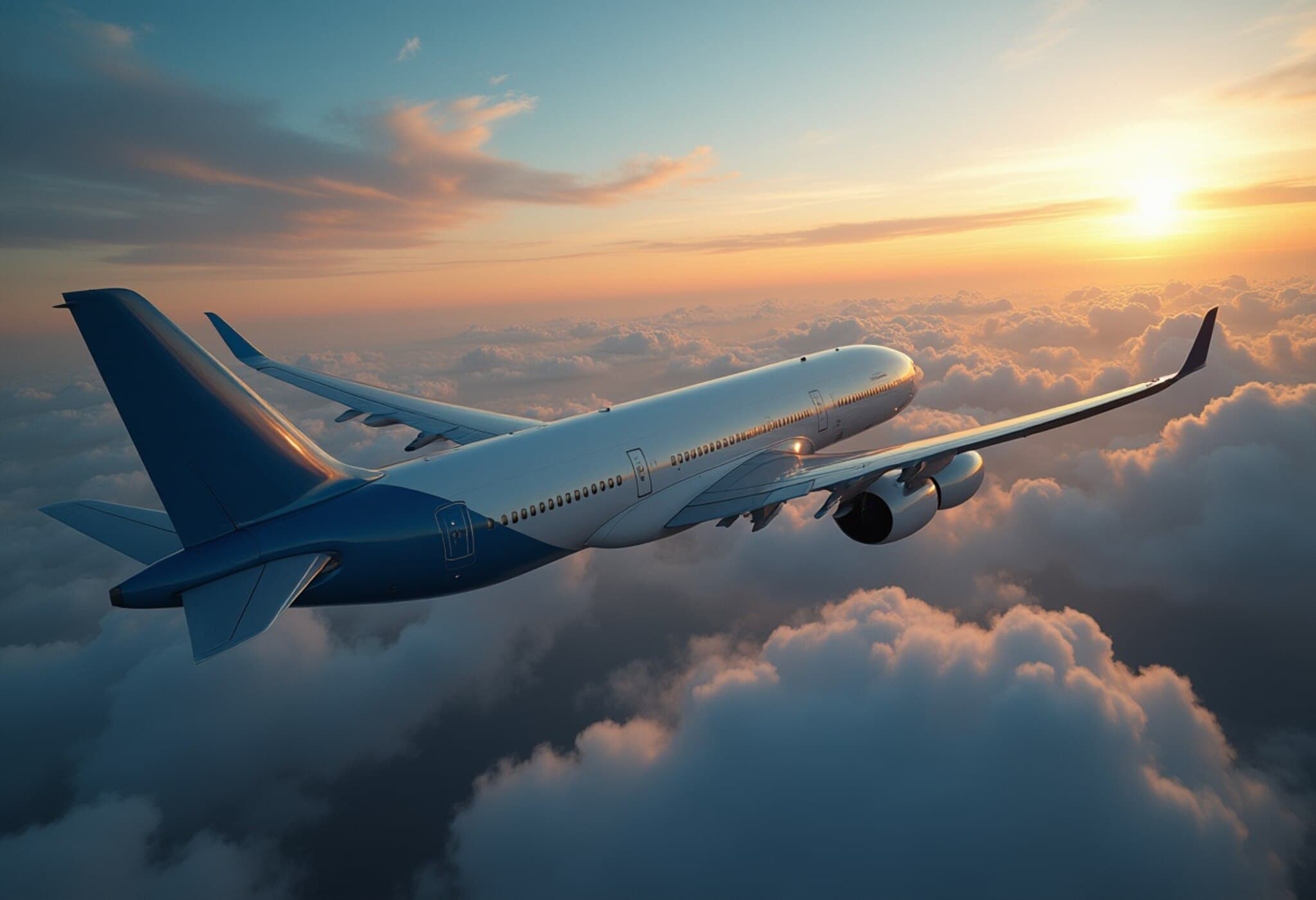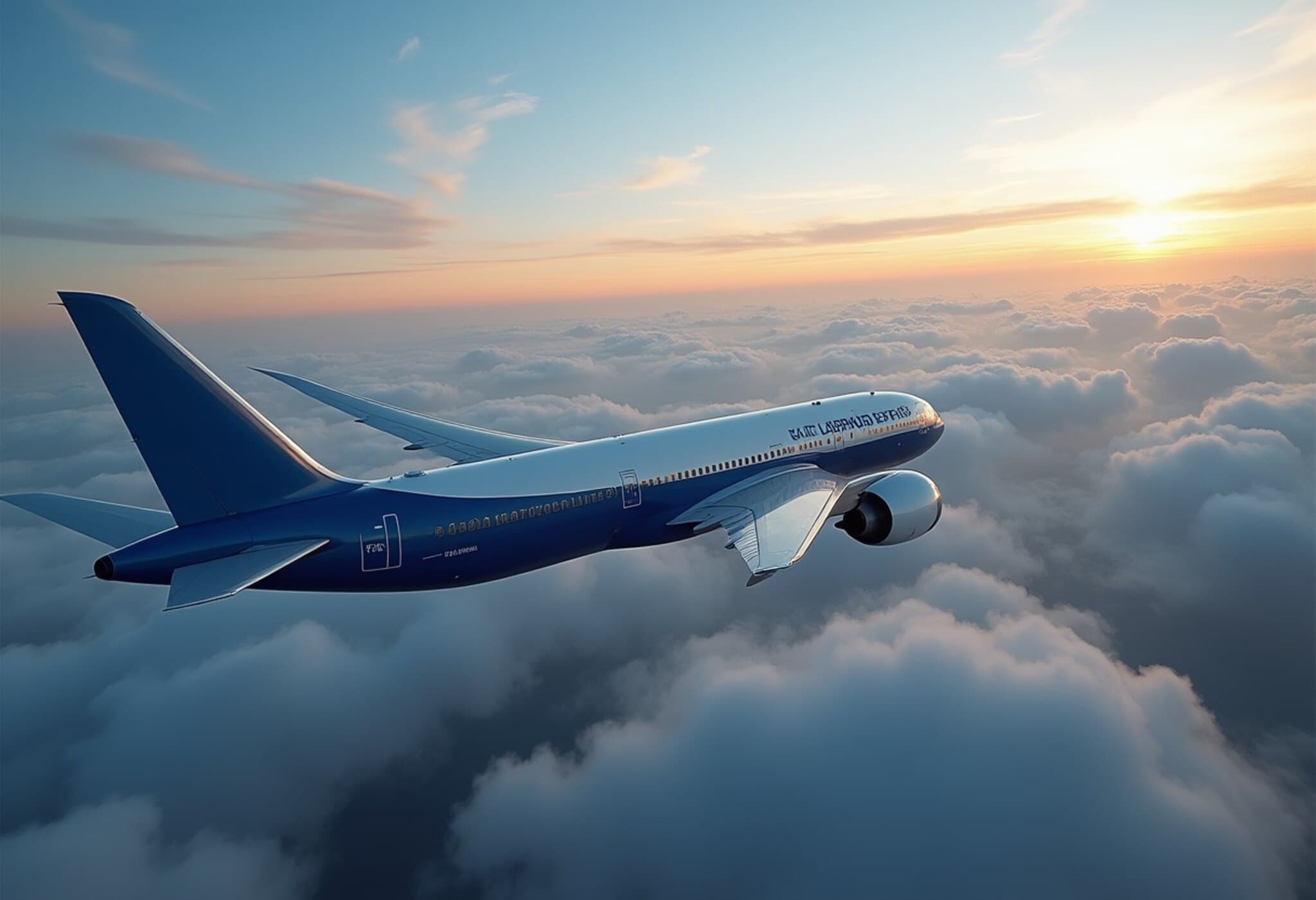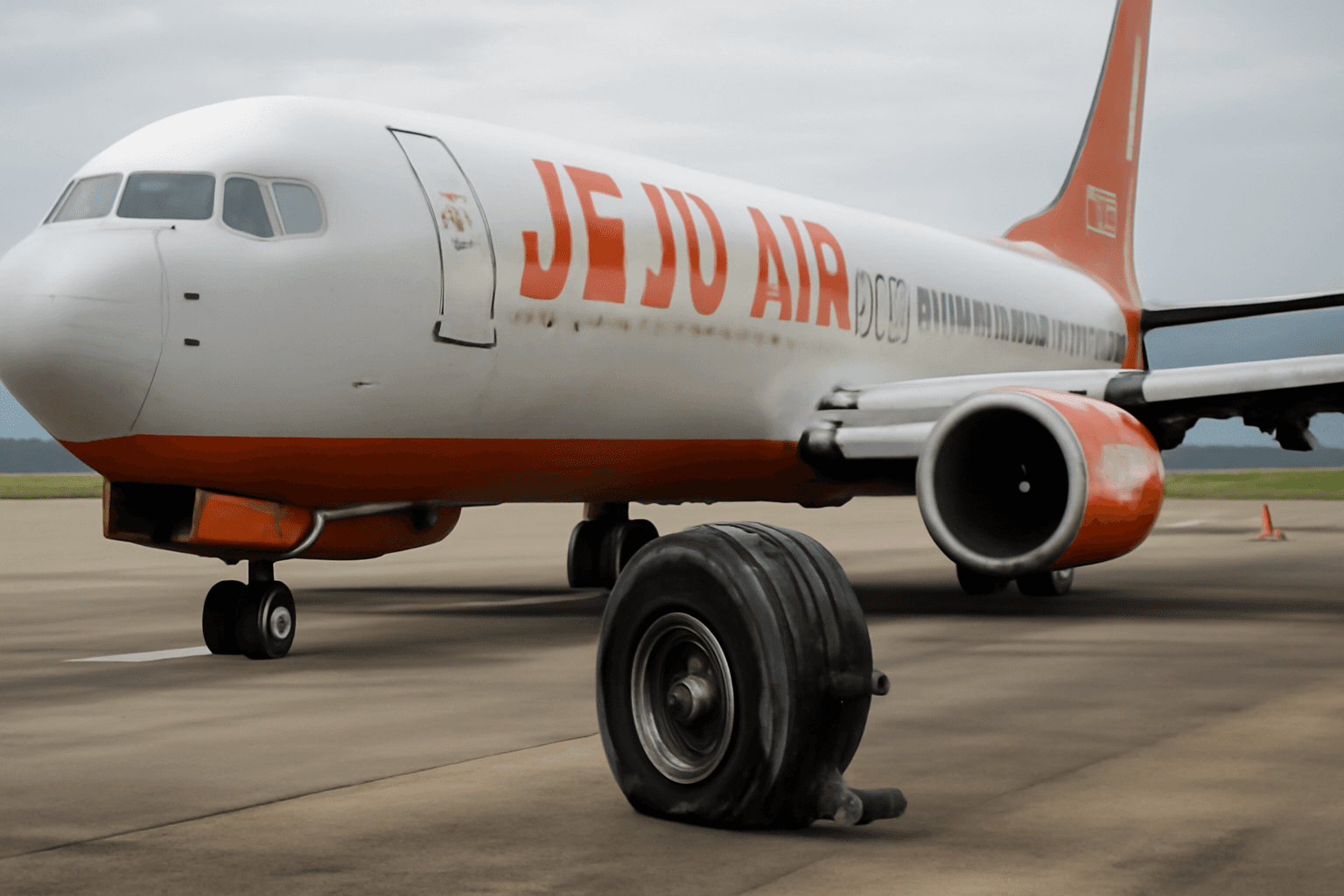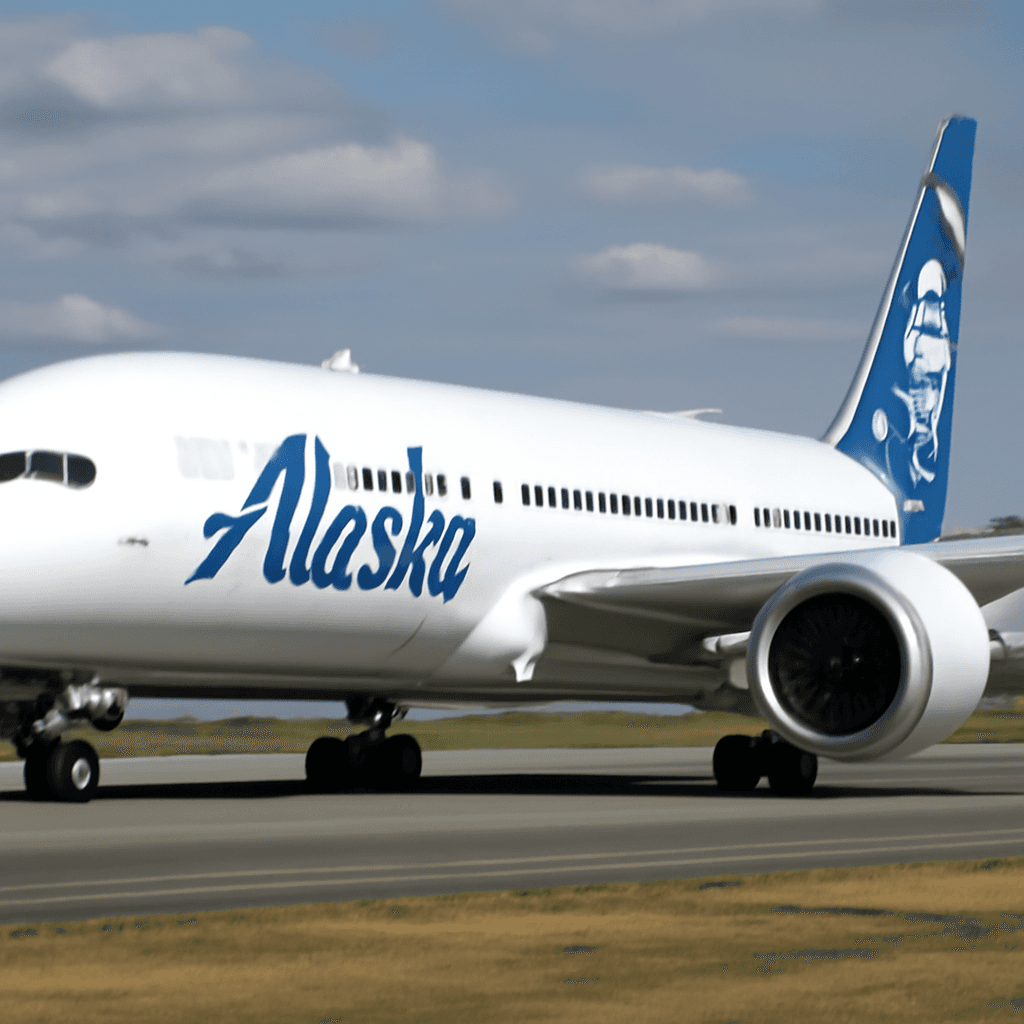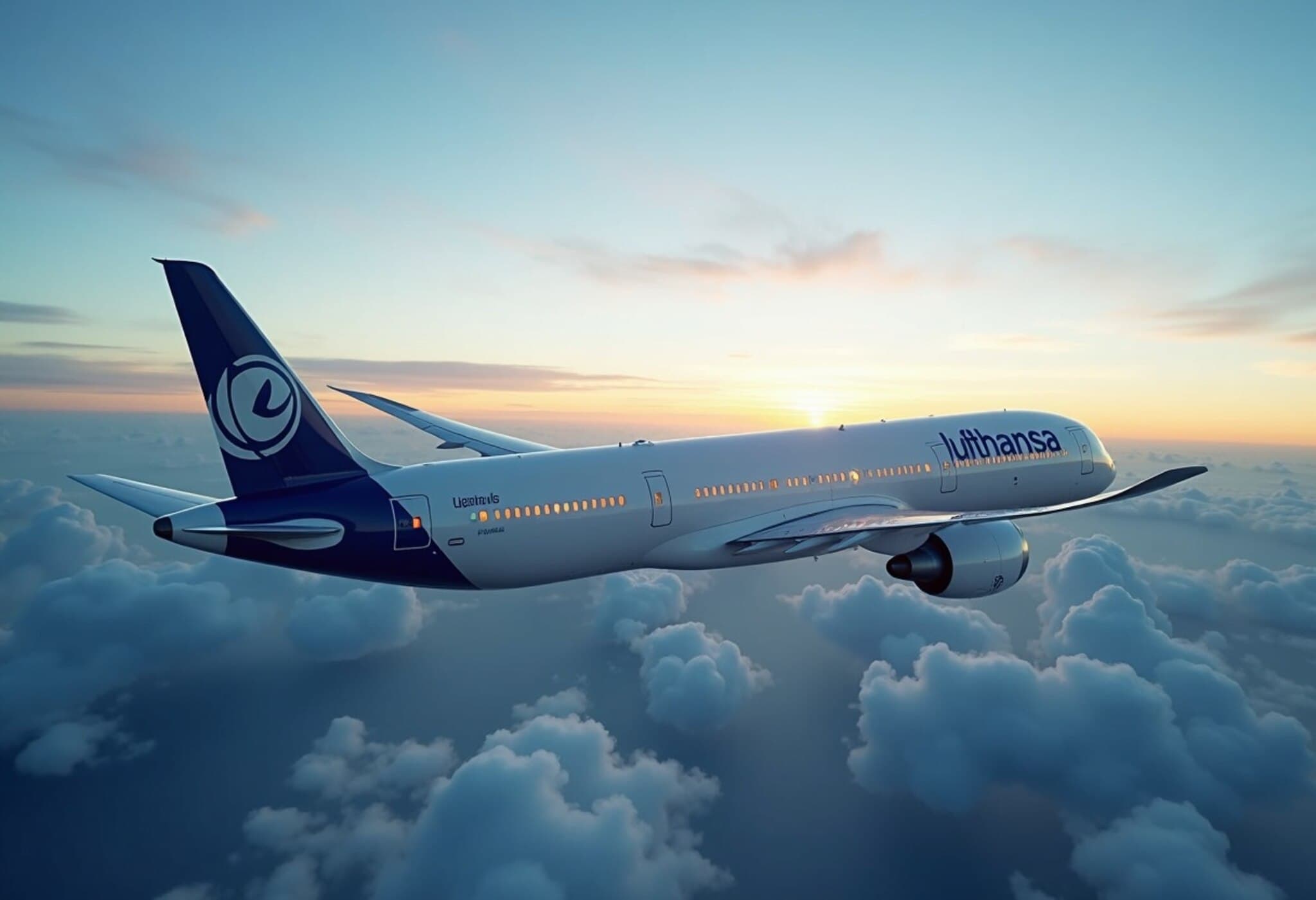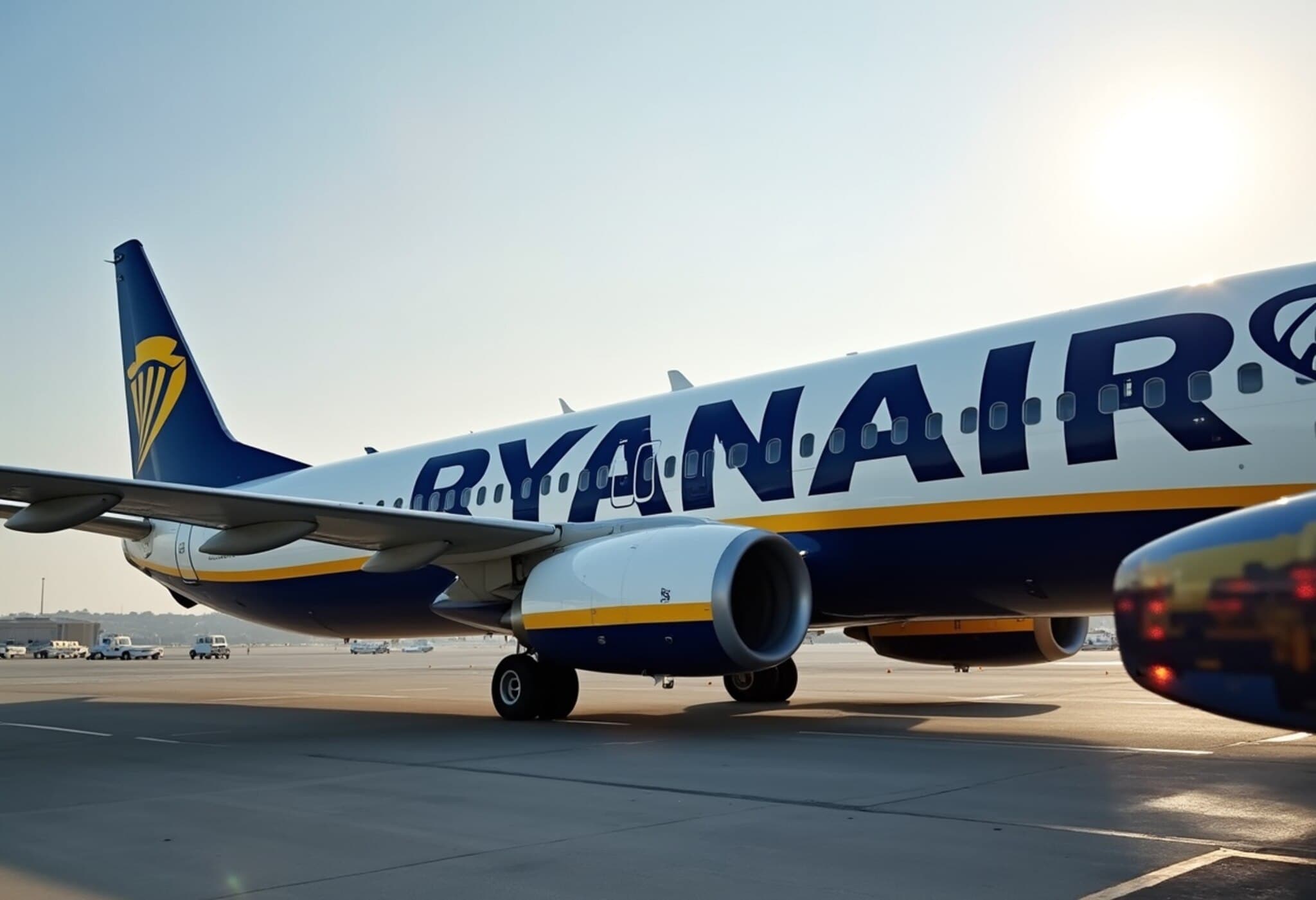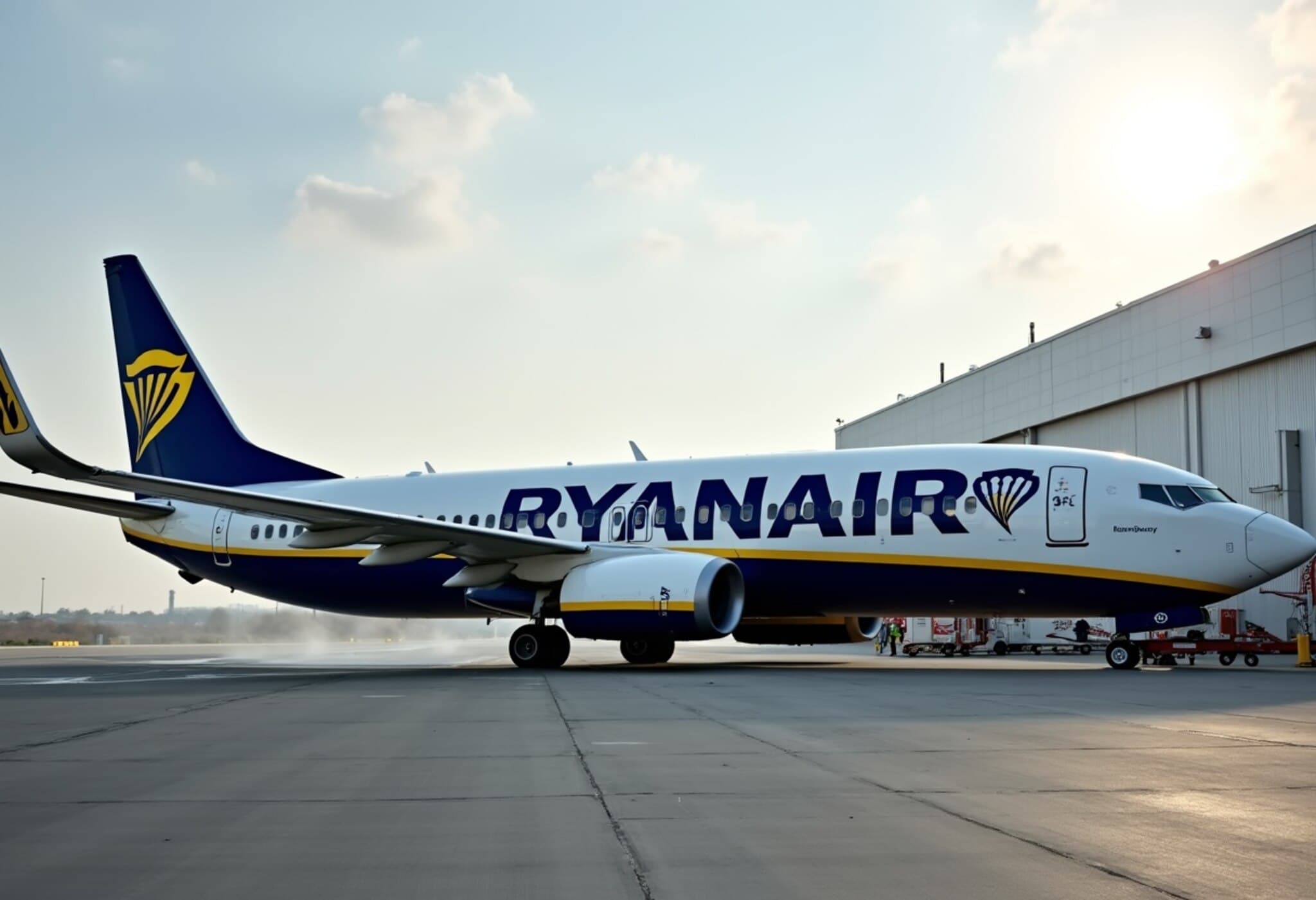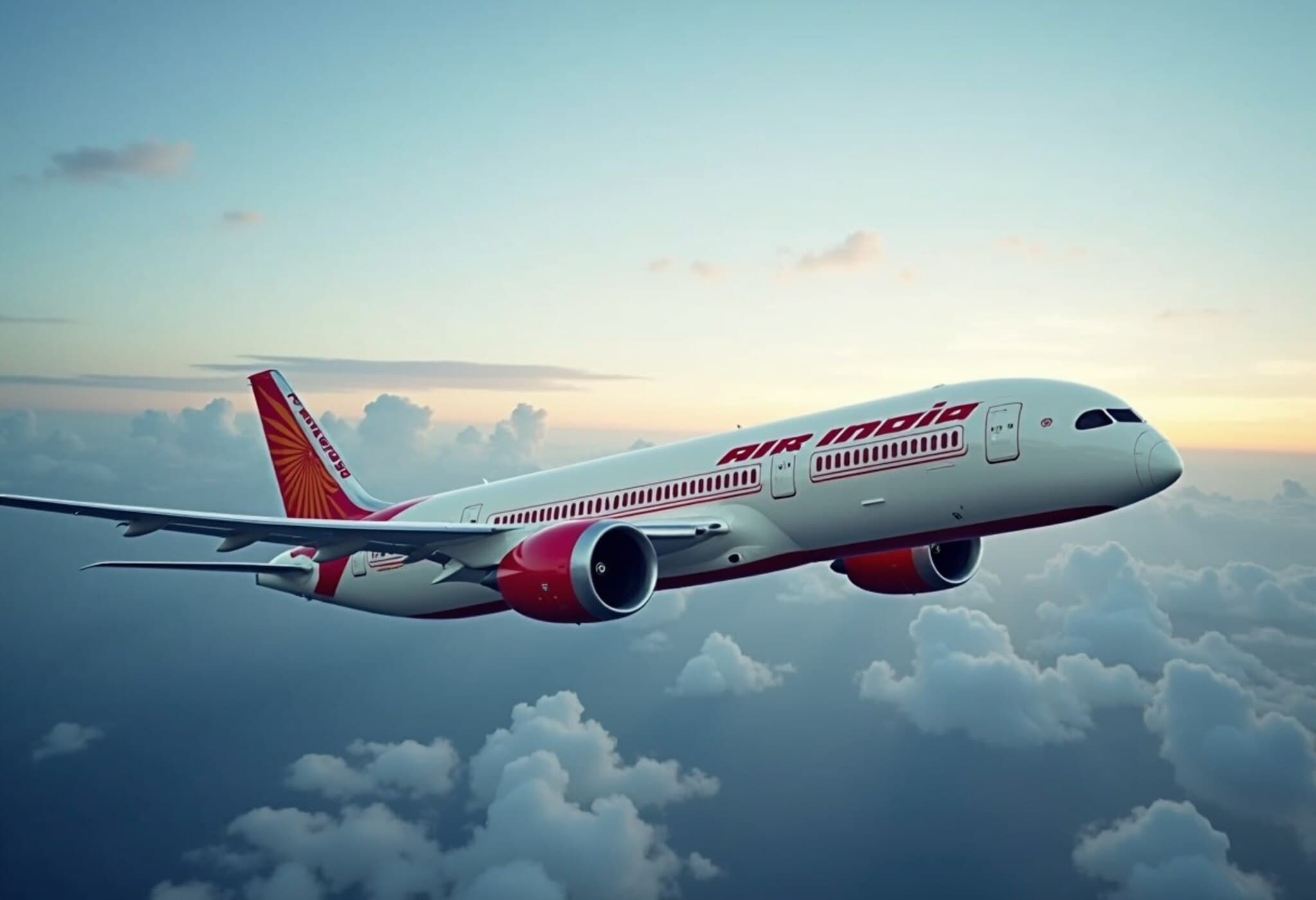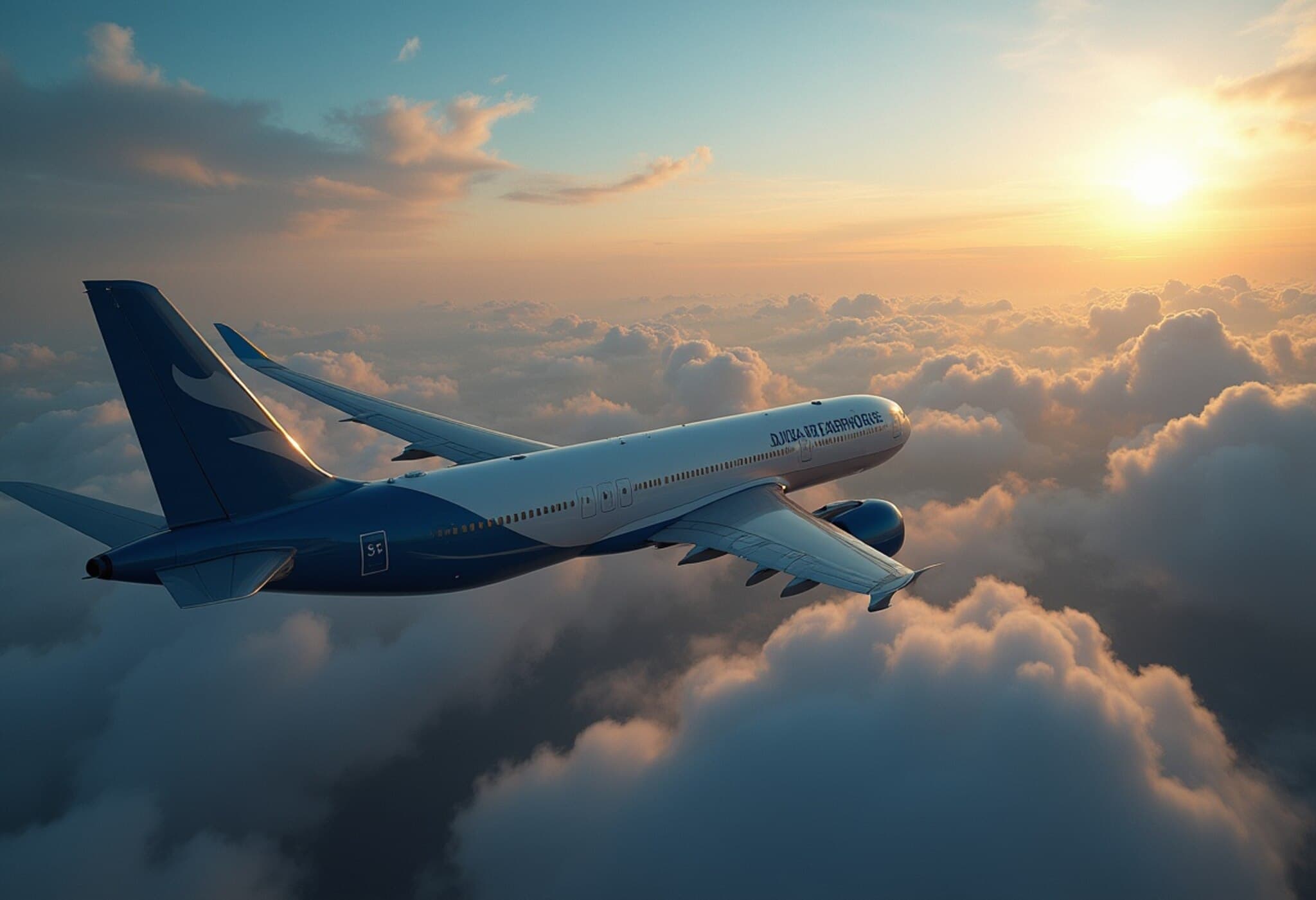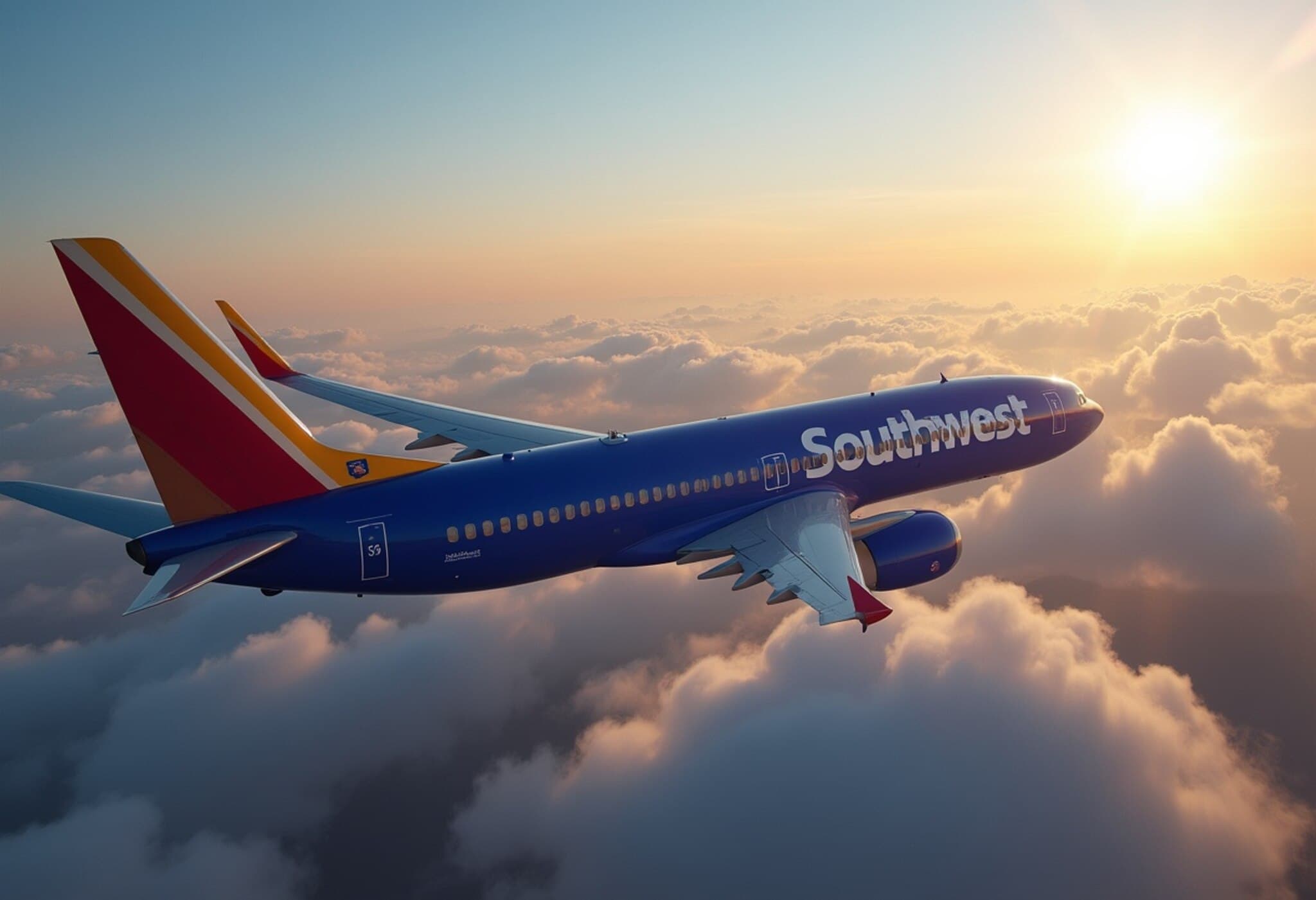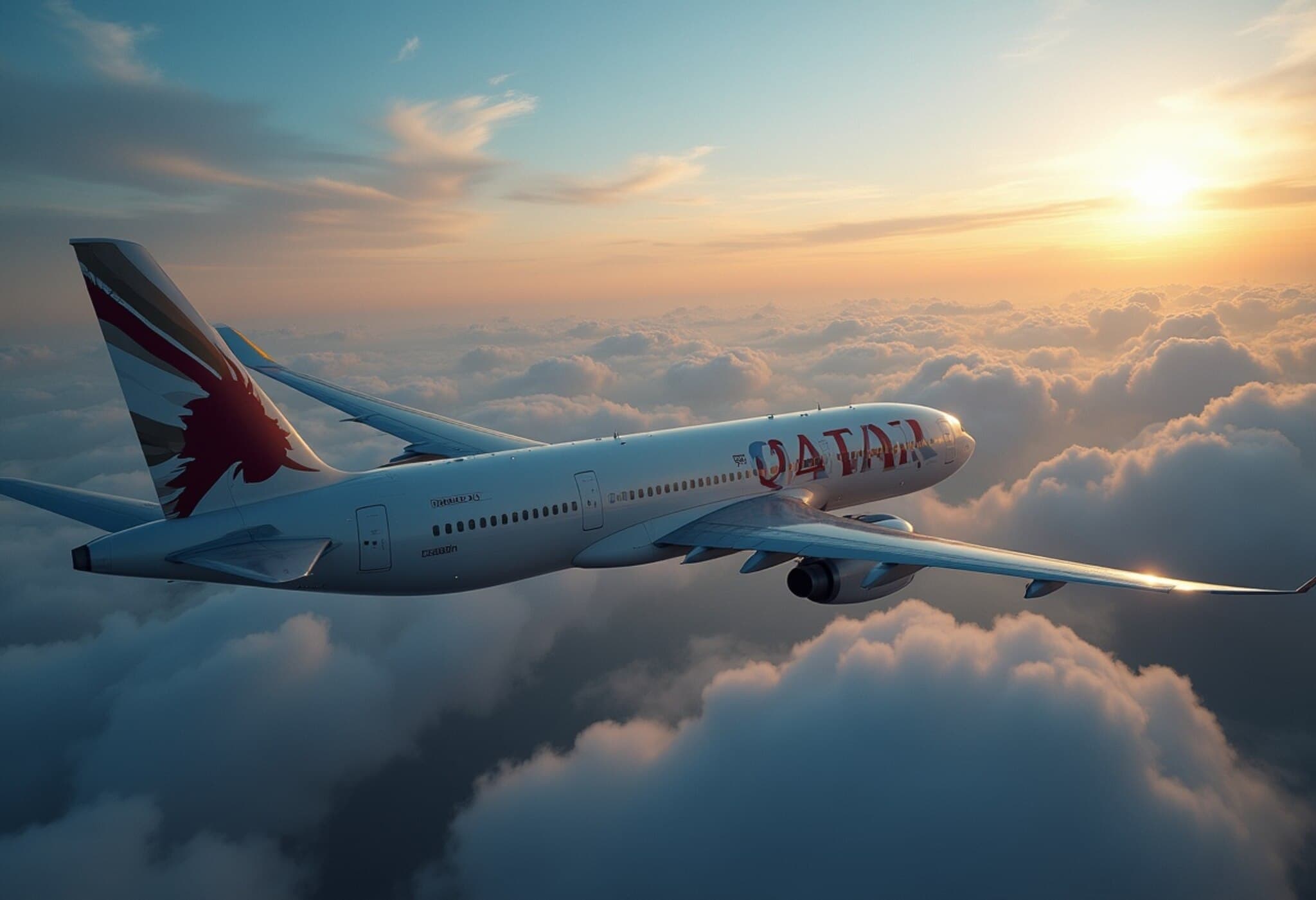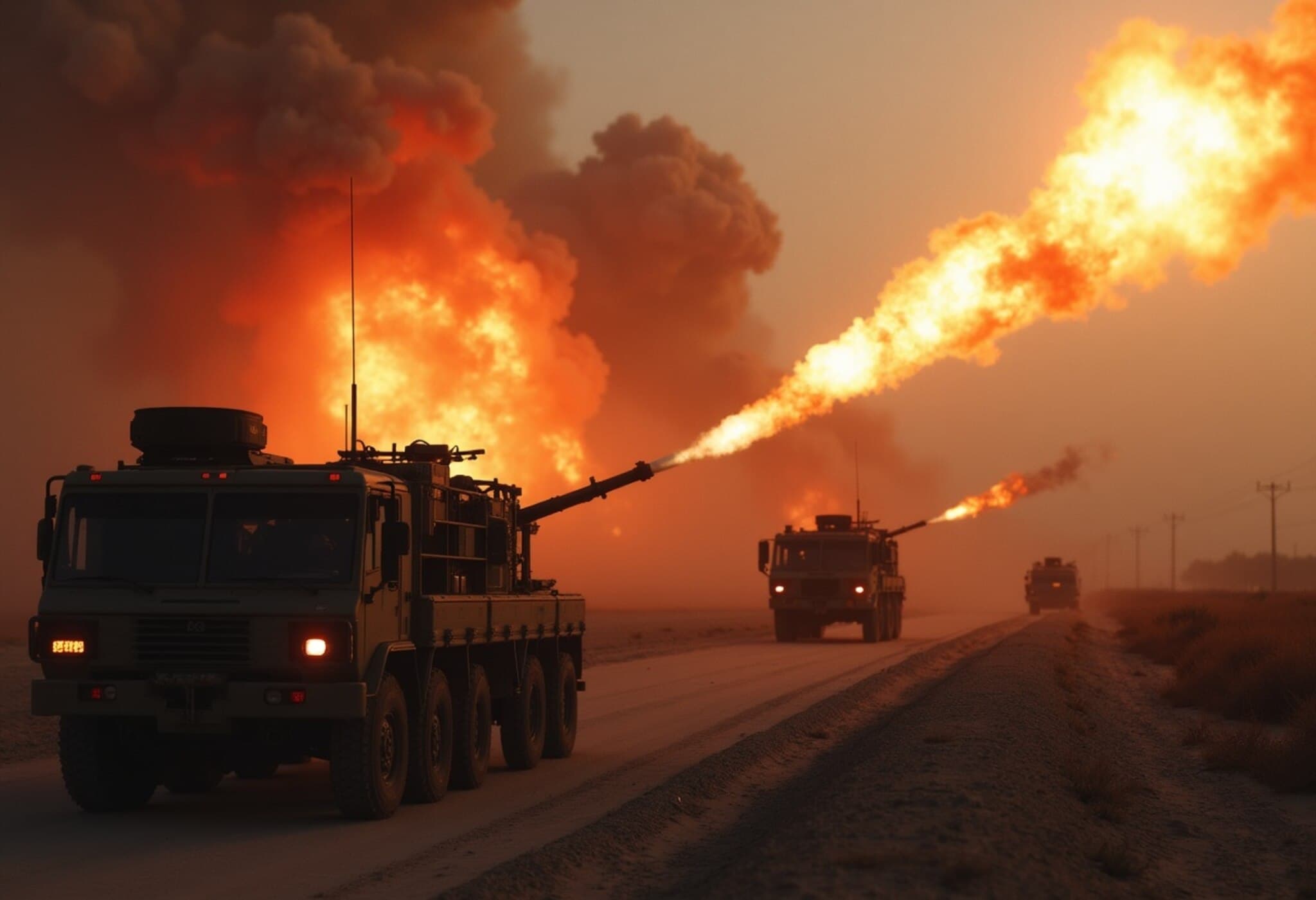Airlines Shun Middle East Airspace Amid Escalating Tensions
In the wake of recent military strikes targeting Iranian nuclear facilities, commercial airlines continue to steer clear of airspace over Iran, Iraq, Syria, and Israel. Flight tracking data reveals a significant void in the skies above these countries, highlighting the growing concerns over safety in the volatile region.
Rerouting Flights Despite Added Costs and Delays
Instead of flying direct routes through these high-risk zones, airlines are opting for longer paths that circumvent the area entirely. Many flights are now taking northern detours via the Caspian Sea or southern routes over Egypt and Saudi Arabia. While these alternatives increase fuel consumption, crew expenses, and overall travel time, airlines prioritize passenger safety amidst surging missile and drone threats.
Rising Danger from Missile and Drone Attacks
The Middle East has witnessed an uptick in missile and drone assaults, broadening the scope of conflict and elevating risks for commercial aviation. Since mid-June, following Israeli strikes on Iranian targets, multiple carriers have suspended service to countries caught in the crossfire. Evacuation flights have been organized sporadically to assist stranded nationals.
Evacuations Underway for Foreign Nationals
- Japan’s government successfully evacuated 21 individuals, including 16 Japanese citizens, by overland transit to Azerbaijan, marking the second such operation within days.
- New Zealand has deployed a C-130J Hercules military transport plane, currently en route from Auckland and on standby to rescue citizens from the region.
- Authorities are also exploring partnerships with commercial airlines to facilitate further evacuations if the situation deteriorates.
Outlook for Air Travel in the Region
With tensions remaining high and security risks escalating, airlines are expected to maintain cautious routing measures over Middle Eastern airspace for the foreseeable future. While this approach presents operational challenges, the overriding priority remains the safety of crew and passengers navigating these turbulent skies.

